
Nutrition and Grading
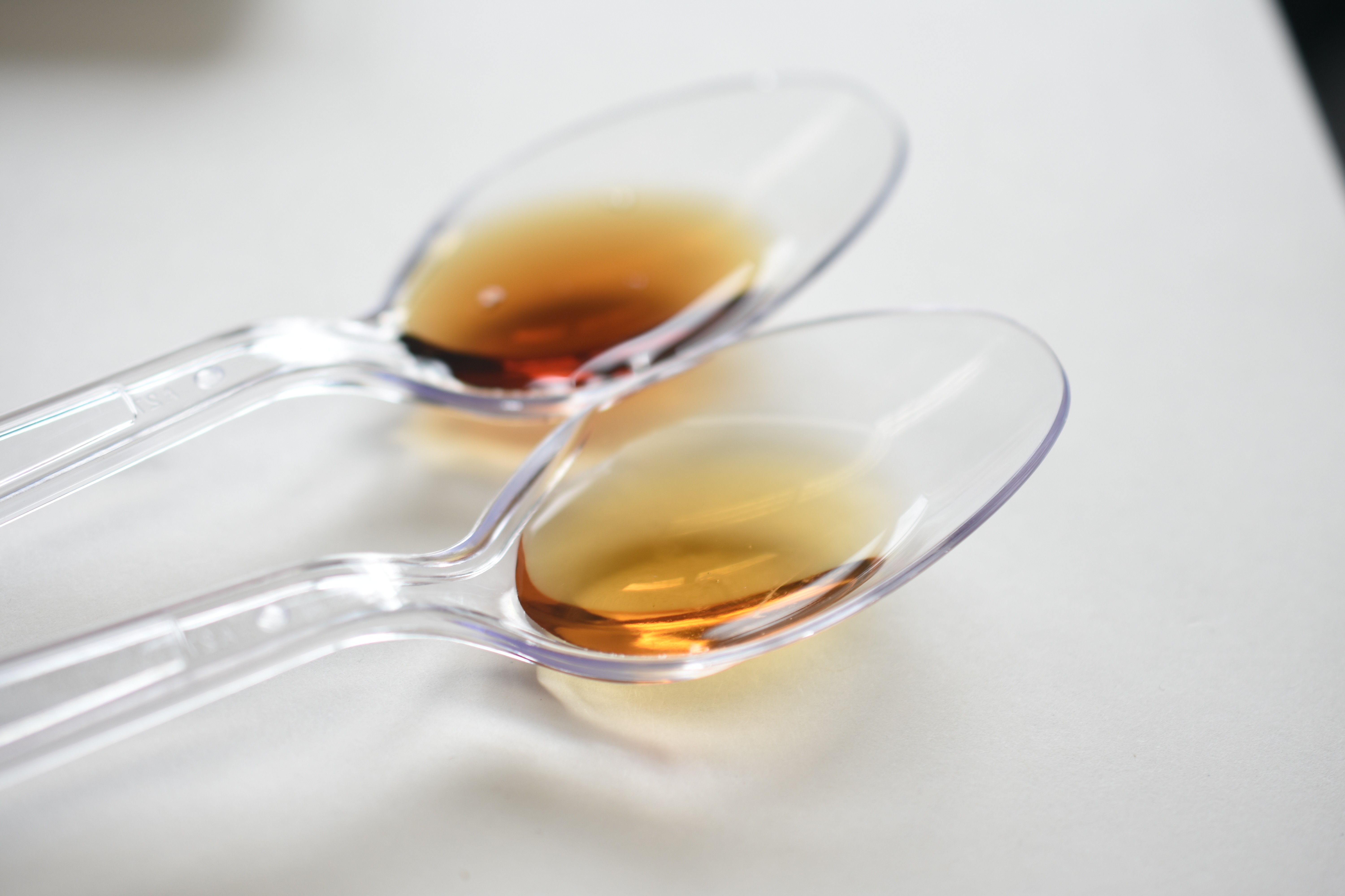
A WHOLE FOOD IS A GOOD FOOD
Maple syrup is a simple, whole food made from maple sap only.
It requires minimal processing and contains absolutely no additives. Maple syrup substitutes and imitations do not provide the same beneficial nutrients found in pure maple syrup.
Maple syrup provides several essential nutrients and it stands out as a versatile and flavorful sweetener that contains more nutrients than other sweeteners. It contains important nutrients such as calcium, copper, riboflavin and manganese. Moreover, there are 78.2 mg of polyphenols in a 60 ml serving of maple syrup.
Maple Syrup is the Smarter Sweetener
Pure maple syrup is known as the smarter sweetener because it contains minerals, vitamins, amino acids and more than 67 bioactive natural plant compounds with potential health benefits.
For that reason, maple syrup is a smart alternative to processed sugar, corn syrup, fructose, high fructose syrups and artificial chemical sweeteners. Laboratory research found that several of these compounds in maple syrup possess antioxidant and anti-inflammatory properties that may have beneficial effects on health. Few, if any, other natural sweeteners have such a robust antioxidant cocktail of compounds and only pure maple syrup contains its unique combination of healthy substances.
PURE MAPLE SYRUP'S NUTRITION
Over the past decade, a group of scientists led by Professor Navindra Seeram at the College of Pharmacy at University of Rhode Island have conducted extensive research on pure maple syrup and the phytonutrients it contains.
The research focused on identifying bioactive plant compounds, known as phytochemicals or phytonutrients, and evaluating the biological effects of maple syrup, maple water (i.e. maple sap), and maple plant parts and their derived extracts.
To date, there are several published studies that support the positive biological effects of maple syrup.
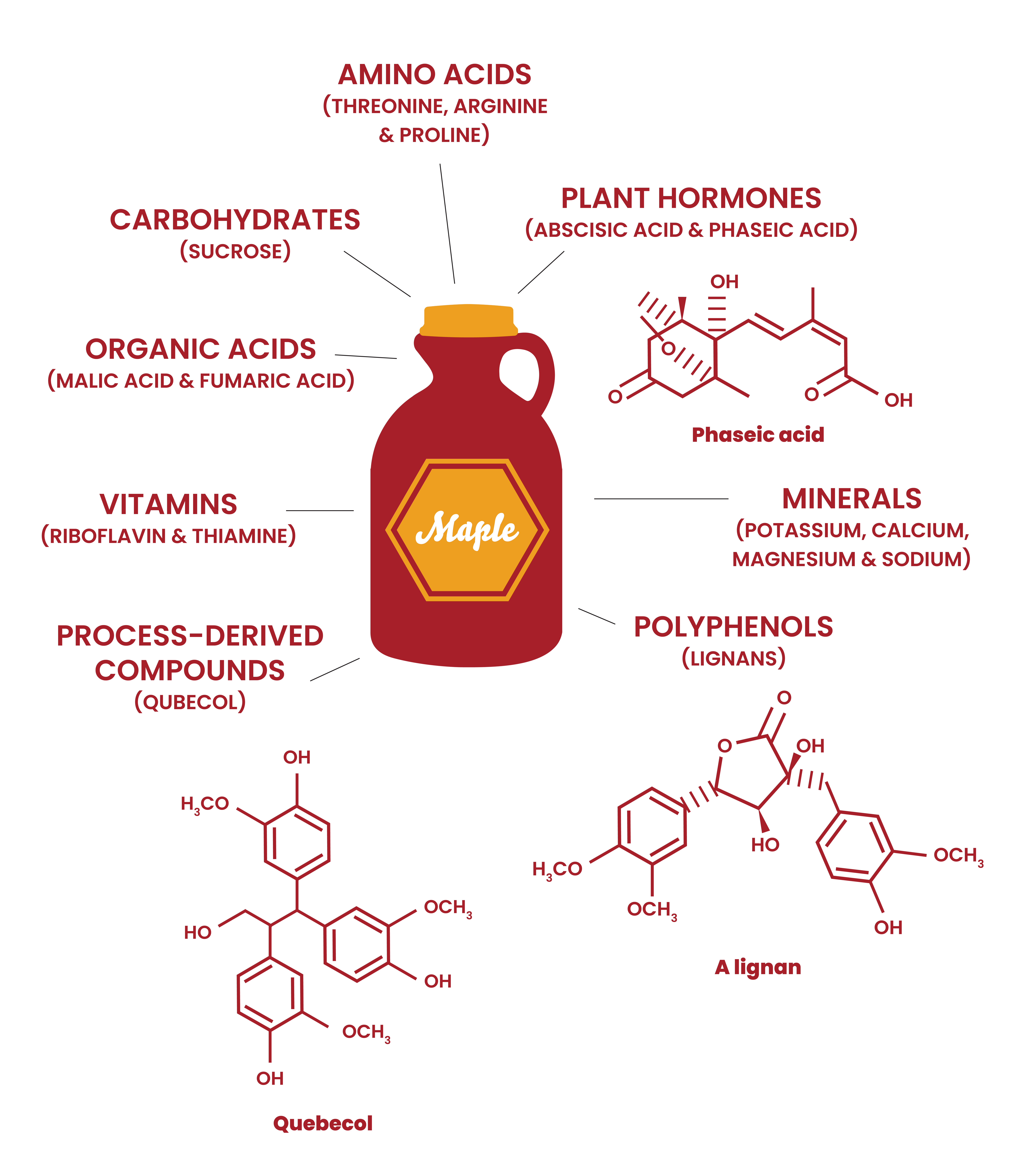
Learning About Maple's Vast Composition
Maple syrup has a unique chemical composition of macronutrients, micronutrients and phytochemicals.
It contains over 100 different substances including mono-and disaccharides (primarily as sucrose), complex sugars (i.e. oligosaccharides), minerals, amino acids, organic acids, phytohormones, vitamins and phytochemicals. It contains diverse sub-classes of plant compounds (known as polyphenols or phenolics) which are also found in several other plant foods including flax, tea, berries and red wine.
These plant foods suggest promising biological activities eventually supporting functional food applications. As of 2022, a clinical nutrition study is underway aiming to demonstrate how maple syrup, used as a substitute for refined sweeteners, can provide cardiometabolic benefits that meet the recognized criteria of a functional food.
Read more: Major Breakthrough in Maple Syrup Research.
What About the Sugar Content in Pure Maple Syrup?
Maple syrup has excellent nutritional qualities and is a source of energy for the body.
It is, however, a sugar substance and should be consumed according to the recommended daily allowances stipulated in the official public health documentation and nutritional label information.
Elevating Your Nutrition
Some strategies to maximize nutritional content from the sugar portion of a normal diet would include replacing low-nutrition sweeteners with maple syrup and controlling and limiting the consumption of processed foods with added sugars. That way you get some minerals and antioxidants and get the bonus of that exquisite natural maple taste.
MAPLE classifications
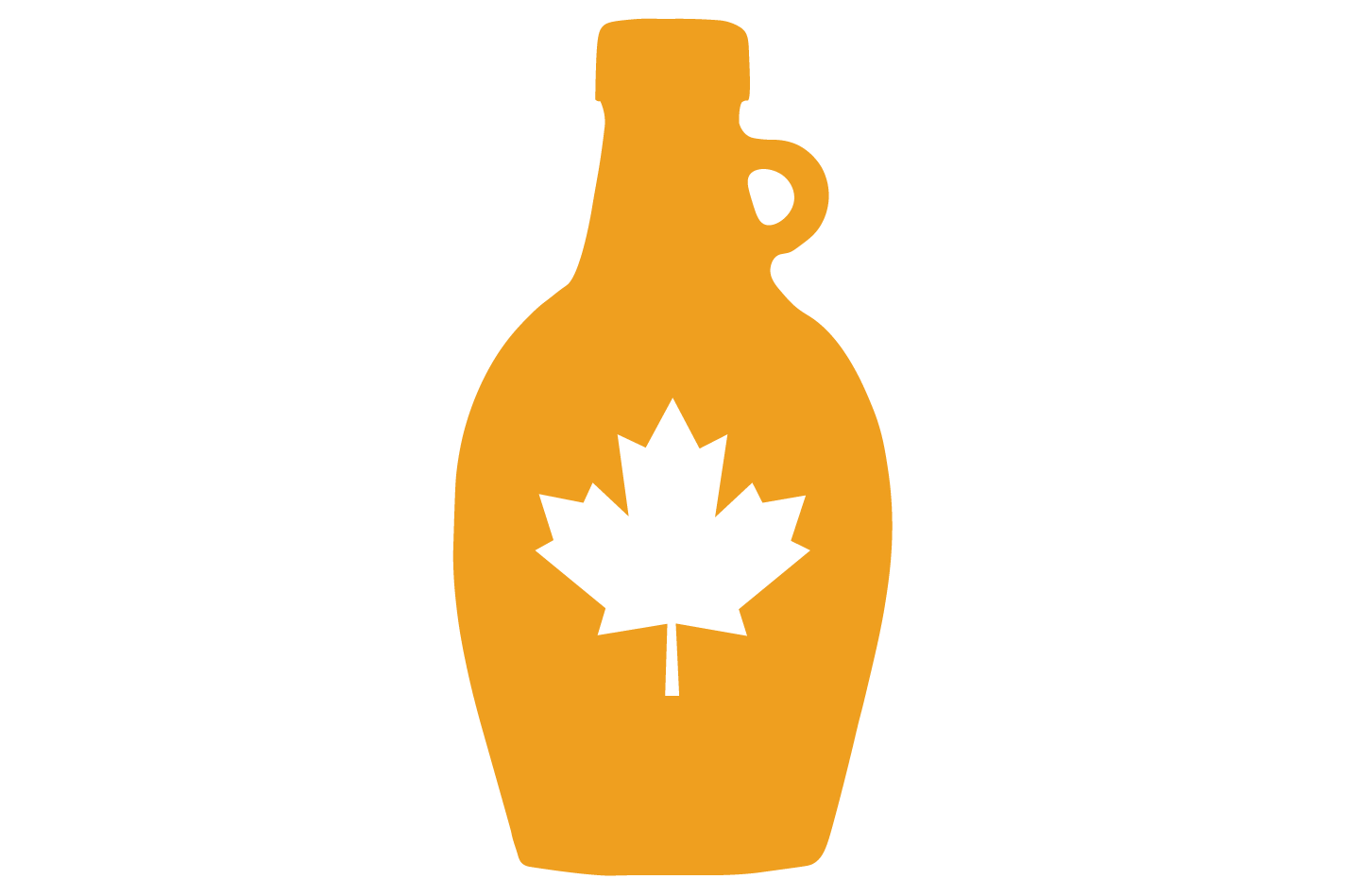
Golden Color With Delicate Taste
Usually made at the beginning of the new maple season, it has a subtle maple flavor typically used on pancakes and waffles and paired with rich dairy items like yogurt or vanilla ice cream. Try it over Greek yogurt, muesli and fresh berries or atop your favorite dessert.
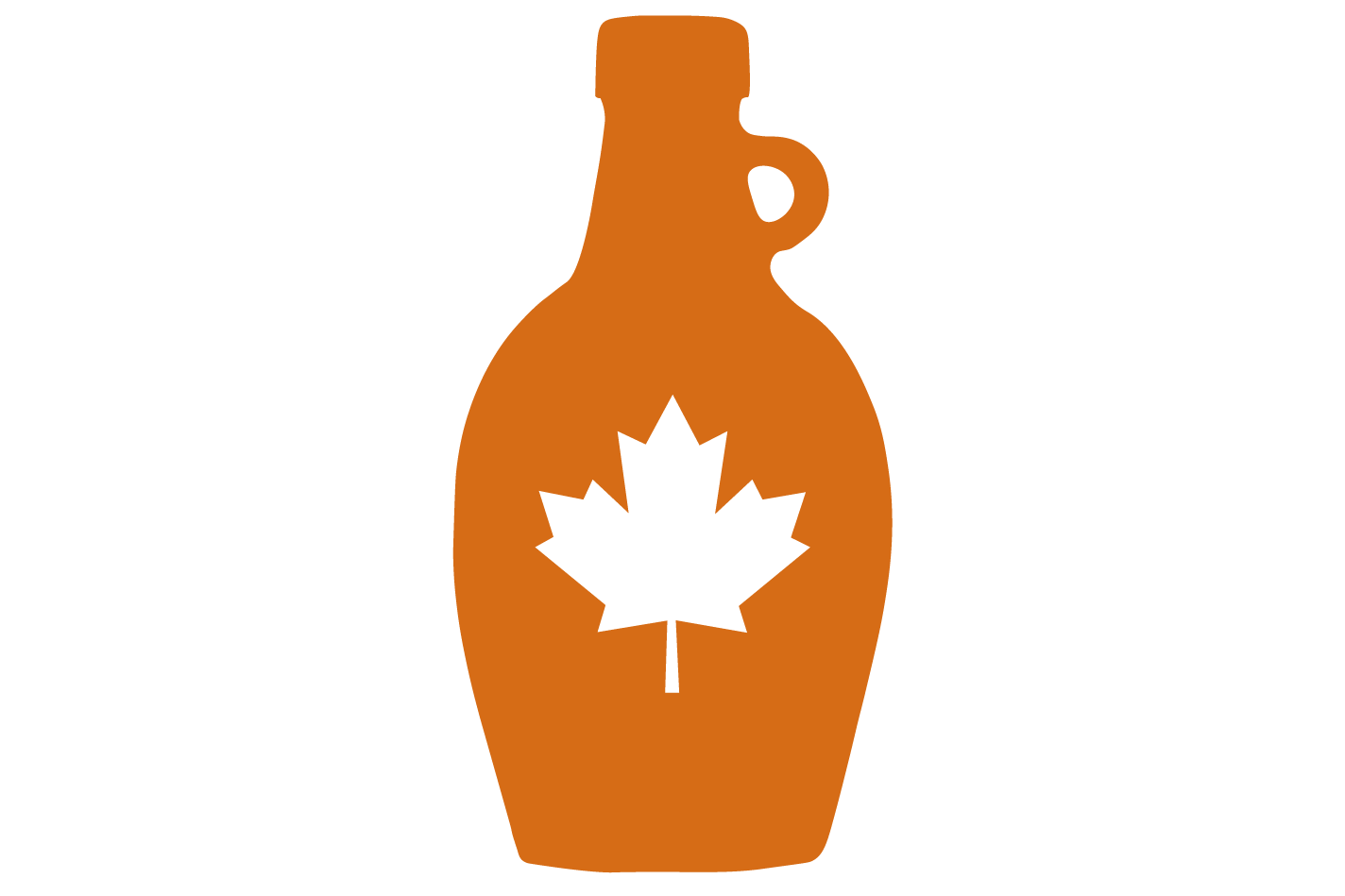
Amber Color With Rich Taste
Usually made about mid-season, it’s a very popular classification for all-around use. Full of characteristic maple flavor, this syrup is great over waffles, in salad dressings, cocktails or in a maple-sweetened barbecue sauce.
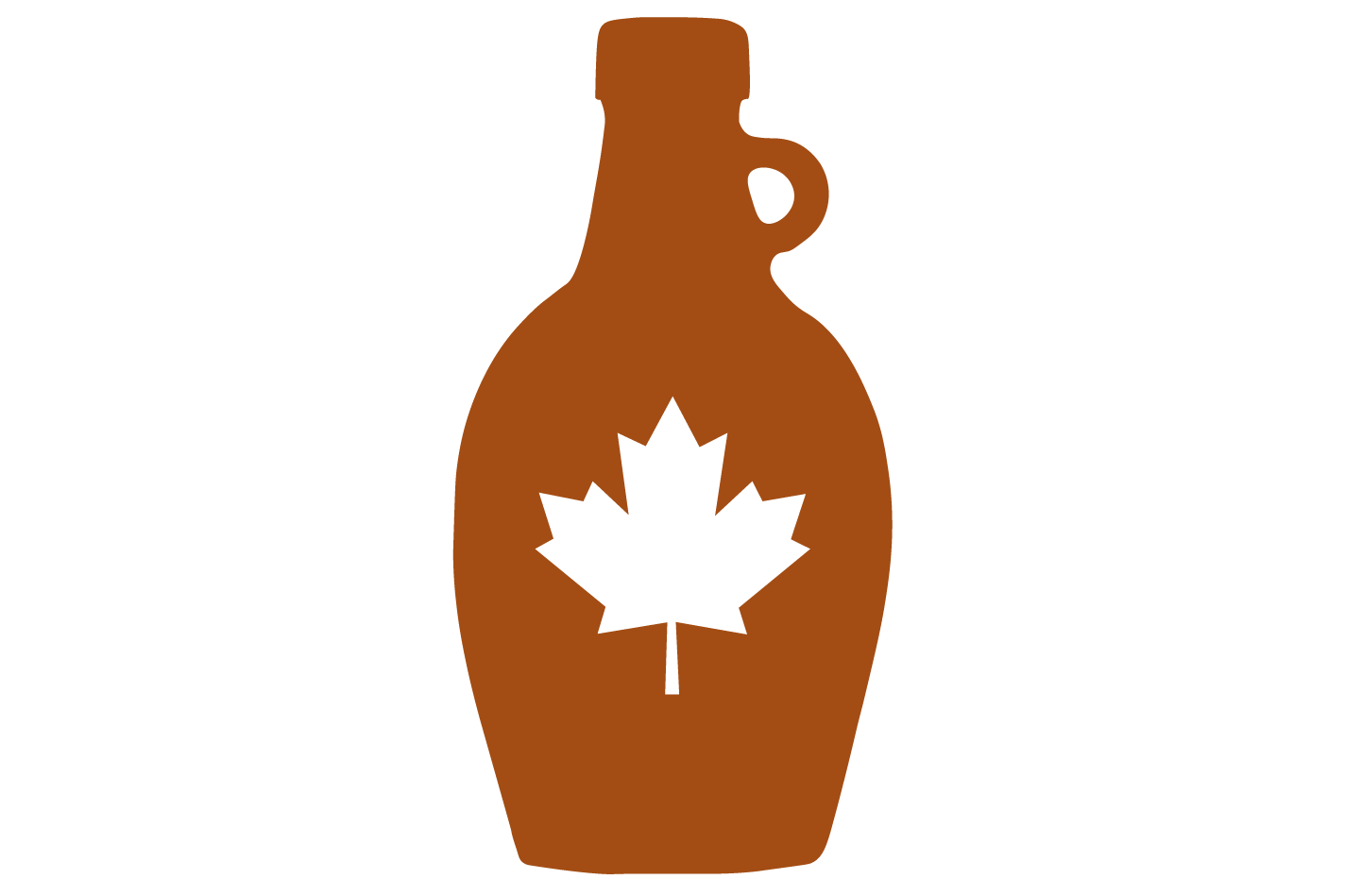
Dark Color With Robust Taste
As the maple season progresses, the syrup darkens in color and develops a more robust maple flavor. Good for all-around use, its hearty flavor works well in baked goods and other recipes where you need a more concentrated flavor.
Pour over baked apples or squash, use as a glaze for meats and vegetables, or sweeten baked goods. This classification pairs well with smoky and spicy flavors like chipotle peppers, sriracha or bourbon.
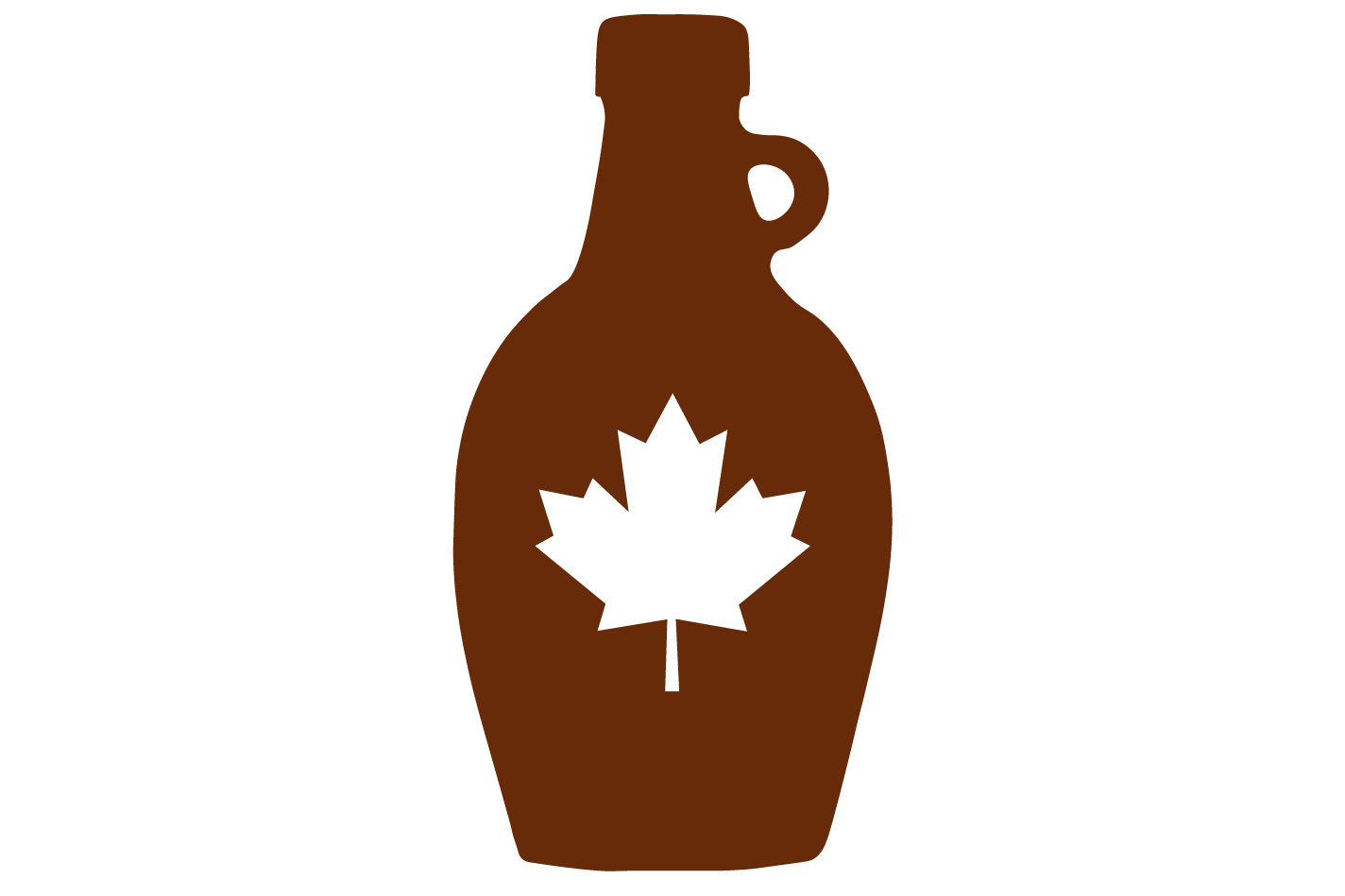
Very Dark Color With Strong Taste
Produced at the end of the season, it’s perfect for cooking and baking, when you want the maple taste to be the predominant flavor. This classification is used by chefs for a strong maple flavor in a bread, cookies, ice cream or barbecue sauce.
